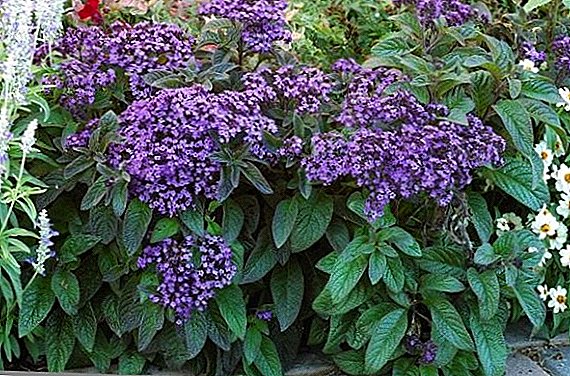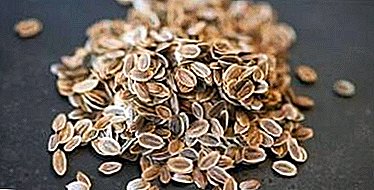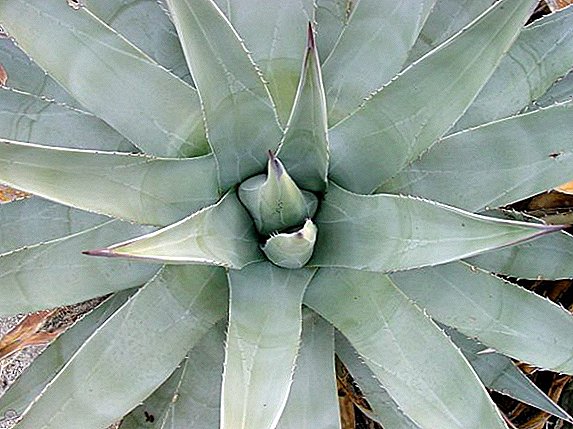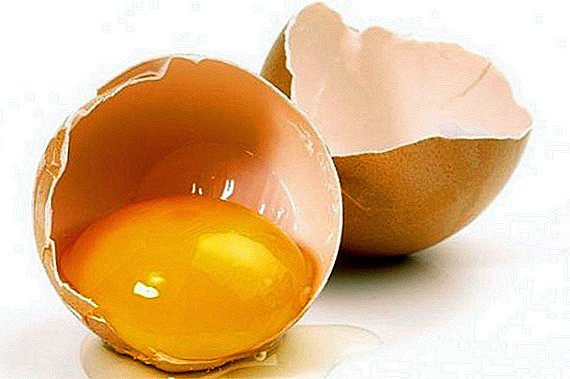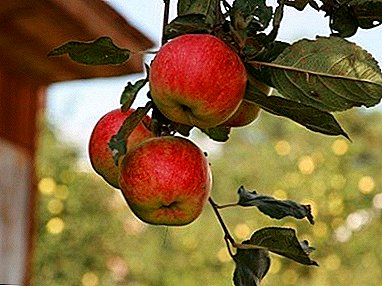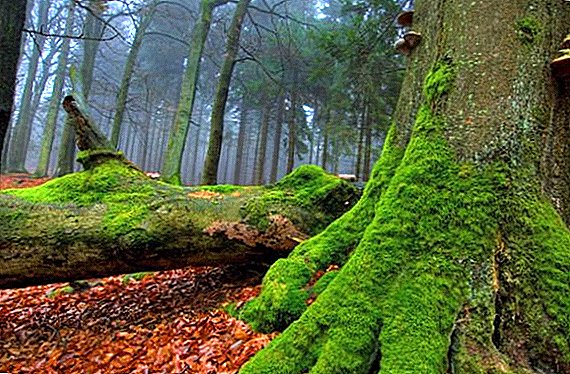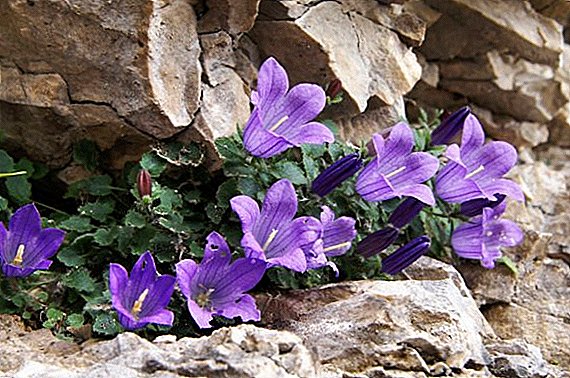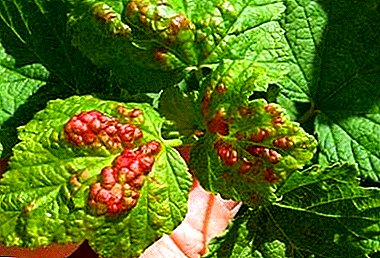
Currant is the second berry crop in popularity among gardeners after strawberries. This is due to the fact that the plant multiplies easily, is resistant to frost and drought, has a large number of different varieties.
However, currants are prone to various diseases and pests that have to be fought. The most common pest is aphid.
Pest description
There are two types of aphids - leaf and shoots. Aphids feed on plant sap, and especially young saplings suffer from it (for more details on what aphids feed on, see here). Most often, these tiny insects infect white and red currants.
 The most common is gallic aphid - this sucking pest prefers young leaves of currant. Gallic aphids form large colonies on the underside of the leaves. You can understand this by the convex growths of a dark red hue that appear on the surface of a currant leaf - galls.
The most common is gallic aphid - this sucking pest prefers young leaves of currant. Gallic aphids form large colonies on the underside of the leaves. You can understand this by the convex growths of a dark red hue that appear on the surface of a currant leaf - galls.
When a leaf grows old, galls turn yellow or green.. If the castings are severely affected, they dry out and die, and the growth of shoots decreases sharply. Gallic aphid grows up to 2, 2-2.5 mm, has a lemon-yellow or brown color.
Gauls on the leaves can be seen during the formation of ovaries. The maximum number of pests reach in June. In one summer, aphids can produce up to several generations. The hotter the summer, the more the aphid becomes fertile and more harmful. One individual of this insect can produce up to hundreds of its own kind.
What happens to the plant because of insects?
Gallic aphid prefers more colored currants - white, red, maroon. Black currant, it strikes much less. This is explained by the fact that the colored currants have more tender leaves than the black ones, therefore, it is easier for the pest to suck the juice out of it.
The result of the active reproduction of aphids is the appearance on the leaves of the berry plant of blisters and hillocks that disfigure the leaf. If such leaves are turned over, then tiny insects can be found on them, which are gall aphids. Sucking juice from leaf plates, aphid contributes to their deformation..
After this, new shoots cease to grow and the development of the bush stops, which has a negative impact on currant yield.
Where does pests come from and why?
Many gardeners in their sites face gallic aphids. As soon as warm and dry weather sets in, the aphid attacks young shoots and currant leaves. Plant infection occurs in two ways.:
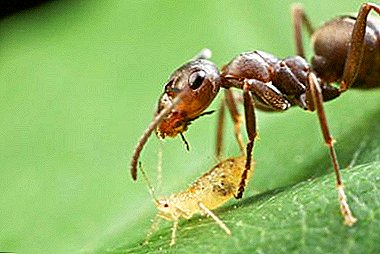 ants are spread on plants by ants;
ants are spread on plants by ants;- juveniles emerge from those eggs that were laid in the fall in the cracks of the bark.
Before the cold, the ants hide the aphids and its eggs in the anthills, and with the first heat they spread it over the young plants and protect them from the ladybirds. When the plant aphids divorce a lot, the ants begin to spread it to other trees and shrubs. Ants feed on juice that aphids release - honeydew (You can learn more about the symbiosis of aphids and ants in this article).
But aphid and independently takes care of the continuation of their own kind. In the middle of summer, females and males are born with wings that can fly to other plants and lay their eggs in the bark of trees already on them so that they can overwinter there. The cycle is repeated, and in the spring of the newly formed masonry new individuals of aphids are born.
How to deal with them?
Aphid attacks currants in early spring, as a result of which plant growth may stall. Remedy-free means to get rid of aphids on the bushes can be quite difficulttherefore, in the spring, as a rule, it is necessary to use chemical insecticides. This method is unsafe, but very effective. With just two treatments, you can save the currant plantation from tiny pests.
Attention! The processing of currant from aphids should be done in early spring, before the bud breaks. The weather should be warm, about 18 degrees Celsius.
Preparations
Since the aphid is a sucking insect, it is necessary to fight it with the help of suction preparations: Iskra-bio and Fitoverm.
 But you can apply more simple tools, because the aphid has delicate covers and so that the insect perishes enough to burn. How can you spray the plants?
But you can apply more simple tools, because the aphid has delicate covers and so that the insect perishes enough to burn. How can you spray the plants?
To do this, you can apply the infusion of pine needles, or mix three tablespoons of urea with a solution of potassium permanganate (diluted to a bright pink color). You can try to wash the tips of the branches and young shoots, as the aphids prefer young leaves and shoots.
This should be done every week until the aphids disappear completely. The exception is the drug "Fitoverm", which is absorbed by the plant and is able to protect it from sucking pests for up to three weeks. "Fitoverm" causes paralysis in aphids, and during the day it dies.
What to process from chemical solutions, with which the currant can be protected in the spring:
- Acetamiprid - an active substance of the neonicotinoid class, acting on the insect's nervous system.
- Azadirachtin - a substance of contact action, but rapidly decaying under the influence of ultraviolet.
- Neem oil - which includes azadirachtin.
- Insecticidal soap - which consists of liquid potassium salts, having a powerful insecticidal action and hydrophilic properties.
- Imidacloprid - a drug belonging to the class of neonicotinoids (also used in medicine to combat parasites).
- Pyrethrins - Insecticides consisting of several substances, obtained from the sap of plants of the Astrov family. They are considered the safest means to combat aphids.
If currant bushes are severely affected by the pest, then you should resort to more radical methods of dealing with it, using drugs:
- "Confidor".
- "Inta-vir".
- Kinmiks.
- "Actellic".
As a rule, up to 2-3 treatments are required at intervals that are specified in the instructions.
Chemicals can not be used before picking berries! The permissible period of time is specified in the insecticide manual.
Read more about the drugs used to combat aphids on currants, described in this video:
Effectively deal with aphids can not only drugs, but also folk remedies. Read about it here.
What insects save the plant?
 Aphids have natural enemies. These are gall midges, gold-eyed and ladybugs, as well as their larvae. They eat aphids and her eggs. Unfortunately, many gardeners are in doubt about this method. Meanwhile a regiment of ladybirds capable of destroying aphids on the bushes of any currant, including black, in a few days.
Aphids have natural enemies. These are gall midges, gold-eyed and ladybugs, as well as their larvae. They eat aphids and her eggs. Unfortunately, many gardeners are in doubt about this method. Meanwhile a regiment of ladybirds capable of destroying aphids on the bushes of any currant, including black, in a few days.
However, the uncontrolled use of chemicals has greatly reduced the population of many beneficial insects, including ladybirds.
You can read about how the fight against aphids occurs with the help of ladybirds here, and here we told you what other insects eat aphids.
Preventive measures
The first measures that must be done to combat gallic and any other aphids - is to start fighting with ants on the site. It is necessary to destroy all the anthills near the currant bushes. To do this, dig up an ant hill, pour boiling water over the base or with water and vinegar.
Important! In dry weather, for prevention, you can powder the plants with sifted wood ash - this will prevent the appearance of a pest.
Inspect the currant bushes and tear off the leaves when the first aphid appears.. You can plant calendula, marigold, chamomile, mint, parsley, coriander, basil, dill near the currant - they will scare away insects.
- How to get rid of aphids on pepper?
- What to do if aphid appeared on a rose?
- How to deal with aphids on cucumbers?
- How to get rid of aphids on orchids?
Conclusion
The fight against aphids, at first glance, it seems difficult, but the efforts will give their results. Healthy, strong bushes are sick less often. Do not forget to water them well during droughts, and also feed them with complex mineral fertilizers, wood ash, nettle extract and dandelions.


 ants are spread on plants by ants;
ants are spread on plants by ants;